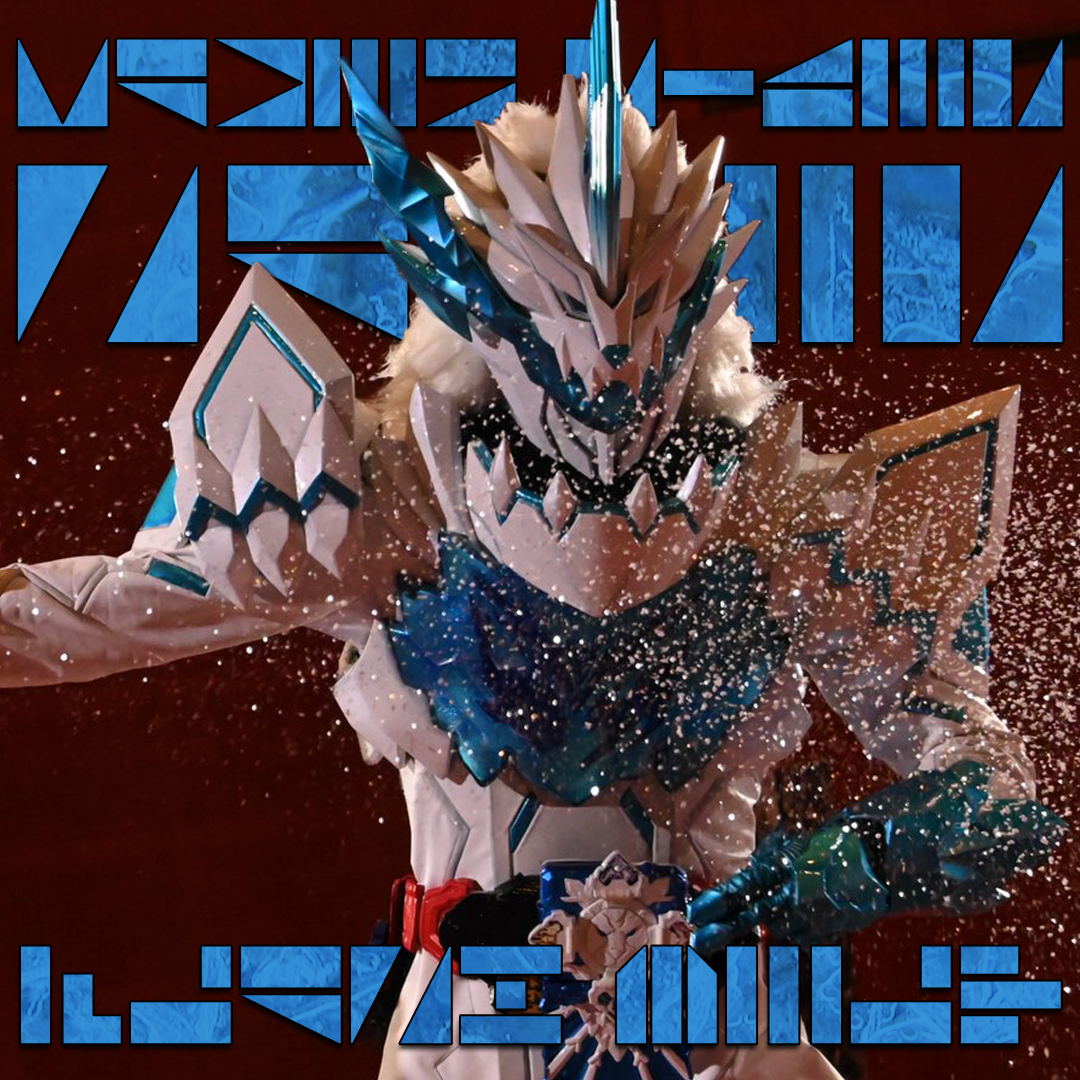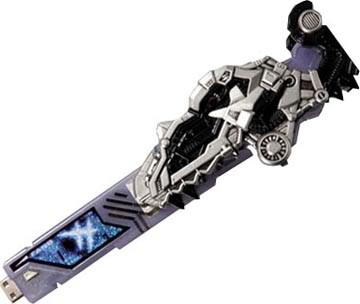

Showa Era (1971-1989):The original run of the Kamen Rider franchise in the 1970s and 1980s comprise the Showa Era. The Kamen Rider franchise is generally divided into distinct "eras", mainly based on the division of the Japanese era system of naming years after the reigning emperor. note Although Hibiki has far more if you count ones which were only mentioned, and technically Wizard has approximately 7 billion, as the summer movie is set in a place where everyone on Earth has Rider magic. Some series feature huge numbers of Riders, with the most extreme examples being Kamen Rider Ryuki and its 13 Riders, Kamen Rider Gaim with 18, and Kamen Rider Geats with 19 (and counting, with dozens more implied offscreen). It typically has a smaller main cast than the relatively more well-known (in the West) Super Sentai (the title of each series refers to a single main Rider instead of Super Sentai's Five-Man Band), but not always.

Another important theme is that the hero regrets the act of fighting, but is forced to do so for the sake of humanity this is shown by the iconic "teardrops" coming from the eyes of the helmet. While the interpretation of this theme can vary wildly from year to year, every single Kamen Rider series embodies this in one way or another. The central concept is that a lone hero suffers some great tragedy at the hands of an evil far bigger than they are ( usually a large organization with a secret and sinister agenda), but rises to use the technology of the villains against them and as a general force for good.


Shows such as its brother-show Super Sentai, Devilman, Science Ninja Team Gatchaman, and to go even further, Sailor Moon (and the Magical Girl Warrior genre as a whole) wouldn't be possible without Kamen Rider, just to name a few. The subsequent domino-effect made Kamen Rider's influences in the current Japanese media deep rooted. Kamen Rider famously launched the "Second Monster Boom" or "Henshin Boom", a period in the 70's that saw the birth of many imitating superhero shows (specifically, that of the Henshin Hero variety), moving tokusatsu from the film industry to television. The Kamen Rider Series, simply known as Kamen Rider (also known under the English translated title of Masked Rider in shows prior to Kamen Rider Double note The switch from MASKED RIDER to KAMEN RIDER being a result of Kamen Rider Dragon Knight keeping the actual Japanese moniker in order to distinguish itself from the earlier Saban's Masked Rider.), is a franchise of tokusatsu series created by Shotaro Ishinomori and produced by the Toei Company in 1971, and has since then become one of the milestones in Japanese pop culture, greatly revolutionizing the Japanese superhero and action genre, effectively becoming the figurehead of classical superheroes and the idea of "poetic justice" in Japan.


 0 kommentar(er)
0 kommentar(er)
